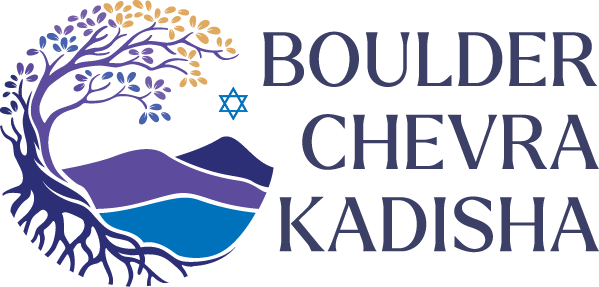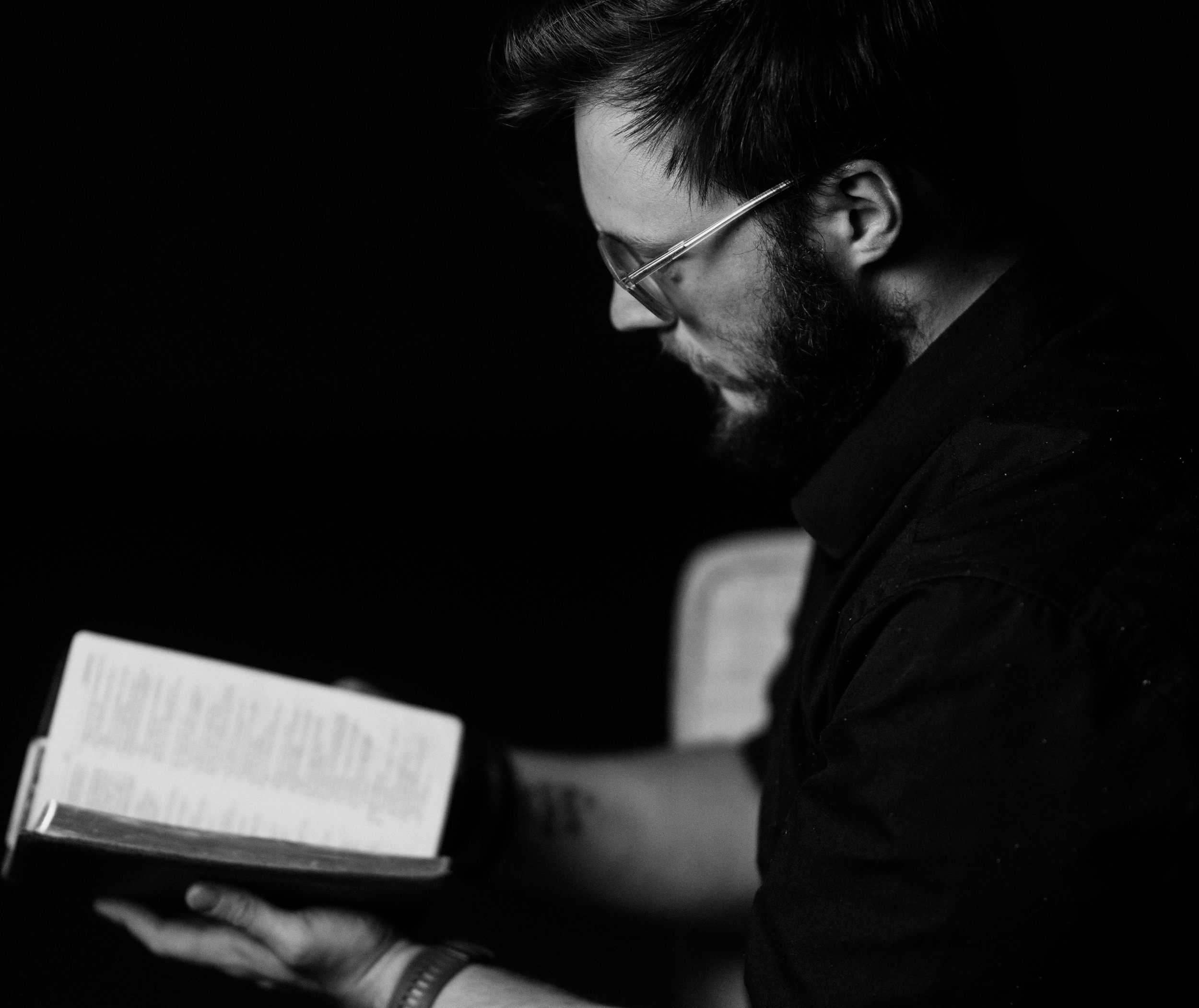Jewish End of Life Practices - Ritual and Practical
Jewish End of Life Practices
Courtesy of Kavod V’Nichun www.kavodvnichum.org
By: Rabbi Eva Sax-Bolder, Community Rabbi Boulder, CO
Jewish traditions for the end of life include a wealth of practices, both ritual and practical.
This document provides a review of those practices as well as guidance about related matters. We’ll cover visiting the sick, how to act just before a pending death, what to do just after someone has died, how to treat the body of the dead, when and how to begin mourning, what is a Jewish burial, and how to mourn and remember the dead. These practices include aspects for individuals as well as for the entire community.
We are describing general traditional practices, with the understanding that individuals and communities may have different customs.
Visiting the Sick (Bikkur Cholim)
Bikur cholim is an act of simple kindness. It is giving of one’s self to aid another who is in need of help. Anything we can do to help lessen the suffering of another is a mitzvah.
Pending Death to Just After Death
If possible, the last words recited in the presence of the dying person should be the Sh’ma.
Between Death and Burial (aninut)
During the period between the time of death and the burial, the focus is on the care of the body of the deceased and what mourners should do.
Jewish Funeral and Burial
The Jewish burial includes respect for the deceased as well as the family, The basic premise is that we come from dust and will return to dust.
Jewish Mourning
Jewish tradition offers very specific recommendations for gradual reentry into normal life.
Honoring the Memory of Loved Ones
Jewish life is filled with the memory of our lost loved ones. We honor those memories in special Yizkor services and on the anniversary (Yahrzeit) of each death.






